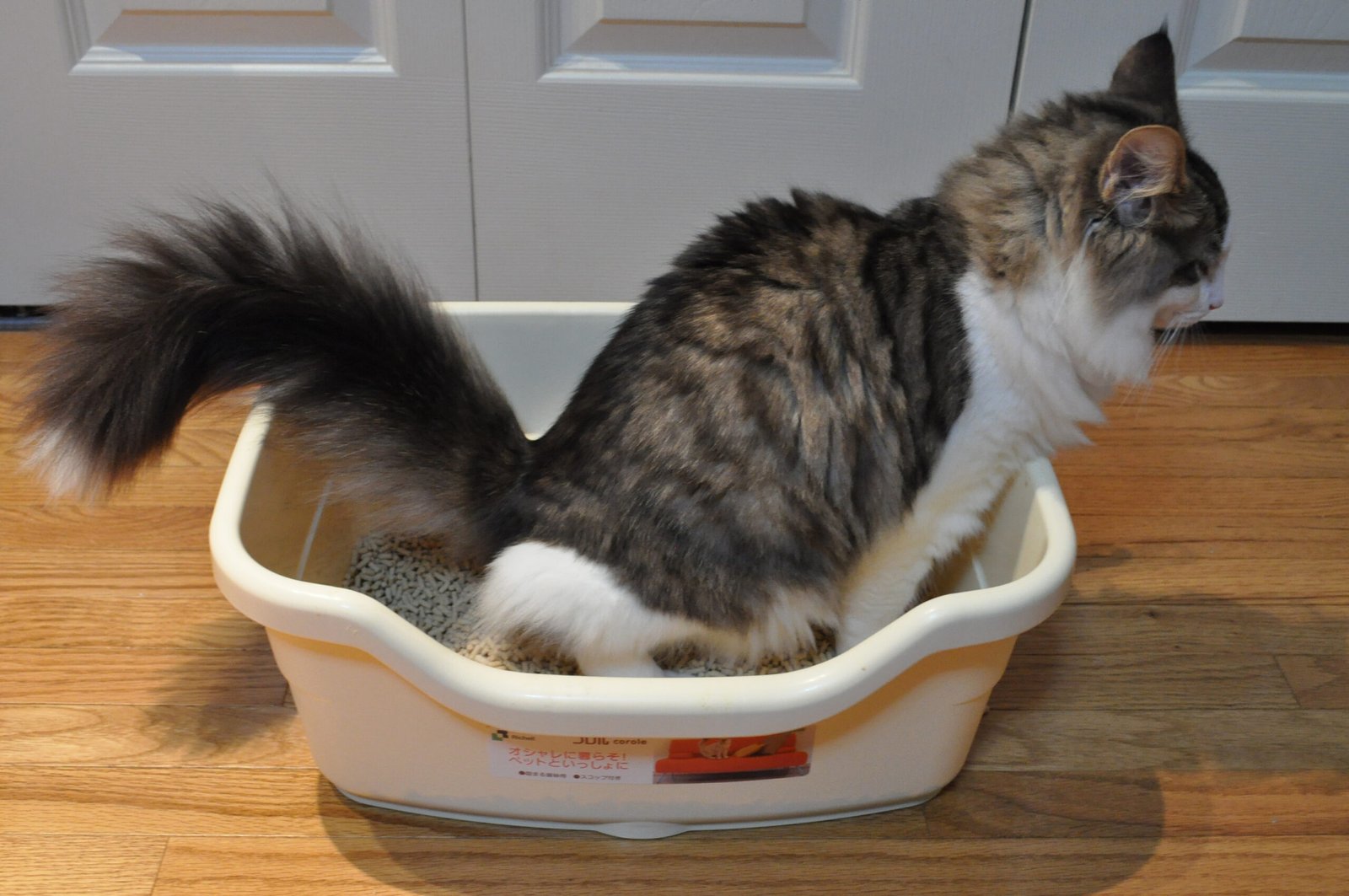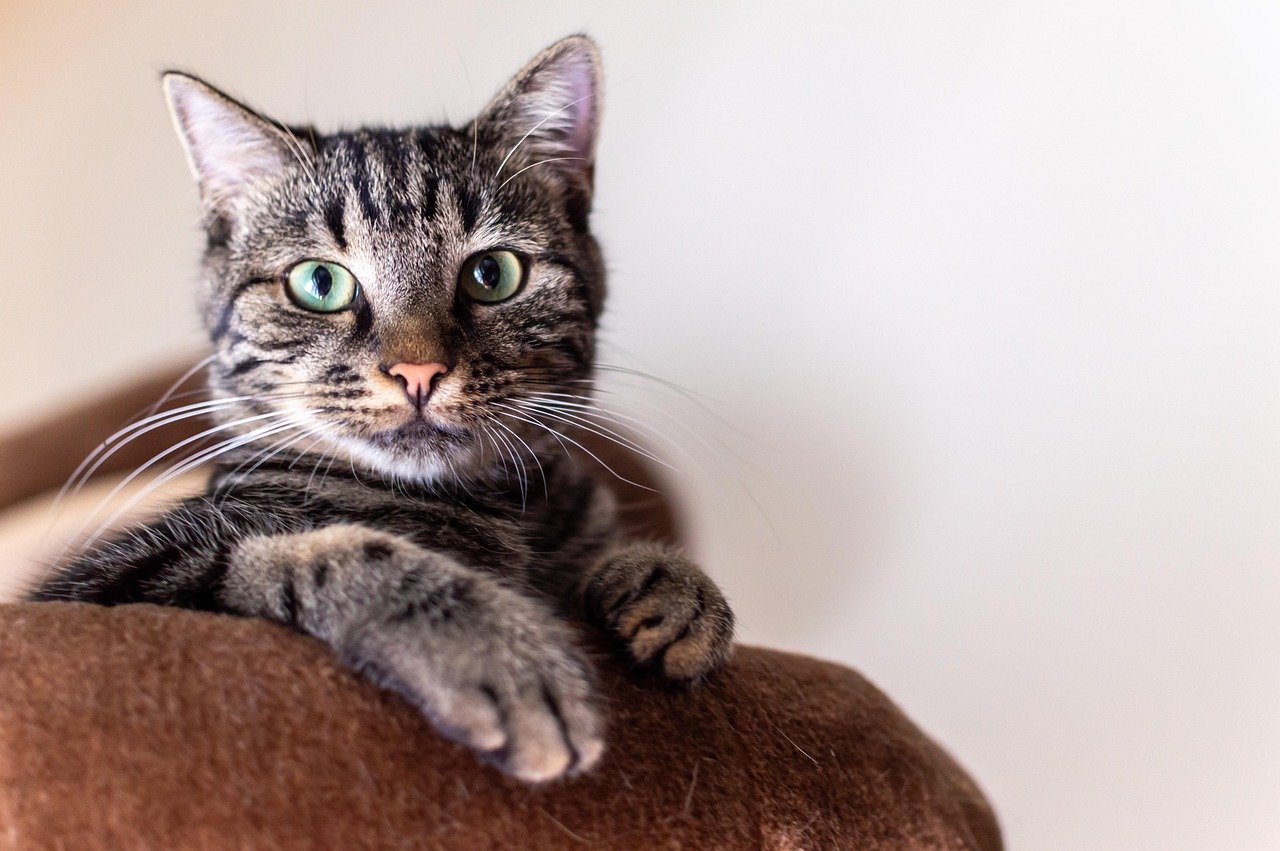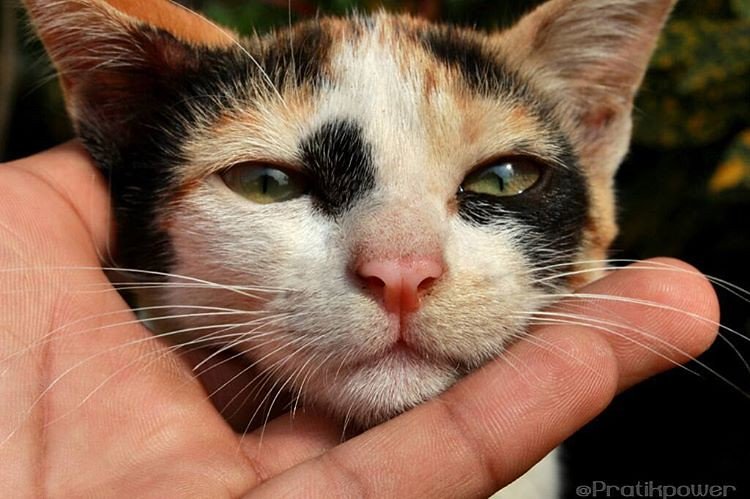You walk into your living room and there it is – that unmistakable smell and sight that makes your heart sink. Your beloved feline companion has decided the pristine carpet is far more suitable for their bathroom needs than the perfectly good litter box just a few feet away. Before you throw your hands up in frustration or start planning your cat’s exile to the garage, take a deep breath. This puzzling behavior isn’t your cat being spiteful or stubborn – it’s actually their way of sending you an urgent message that something’s not quite right.
Hidden Health Problems Could Be the Real Culprit
Medical conditions that interfere with normal urination or defecation behavior are often behind litter box avoidance, with digestive problems making defecation painful and decreasing a cat’s control. Your cat might be dealing with invisible discomfort that you haven’t noticed yet. Constipation ranks as one of the most common medical causes, with cats often starting in the box but having poop drop outside as they wander around trying to push it out.
Other serious conditions can trigger this behavior too. Intestinal parasites, viruses, bacterial infections, cancer, and liver disease can all manifest through changes in bathroom habits. Even something as simple as matted fur around the rectum can cause pain or discomfort, leading to litter box avoidance. The key is catching these issues early before they become more serious problems.
Age-Related Challenges Your Senior Cat Faces
As cats age, they can develop arthritis that makes climbing into high-sided litter boxes difficult, while cognitive dysfunction common in senior cats could make them forget the location of their litter box. Picture trying to climb over a tall fence when your joints ache – that’s what your elderly cat experiences with a standard litter box.
Arthritis limits a cat’s ability to climb over the side of the box, making elimination elsewhere seem like the only comfortable option. Your once-agile cat now needs accommodations, just like elderly humans might need grab bars in their bathrooms. Consider this a natural part of aging rather than defiance.
Stress and Anxiety Wreaking Havoc on Bathroom Habits
Stress and anxiety rank among the most common causes of inappropriate elimination behaviors in cats. Your cat’s world might seem perfectly calm to you, but cats pick up on subtle changes that completely escape human notice. Being creatures of habit, any deviation from their normal routine can lead to stress, causing them to poop or pee outside the box.
Major life changes like bringing home a new baby or pet, moving to another home, or even changing your work schedule can negatively affect your cat’s stress levels and trigger inappropriate elimination. Even something as minor as rearranging furniture can throw off your cat’s sense of security. Think of your cat as having an internal GPS system that gets completely scrambled when their familiar landmarks disappear.
Location Problems That Make Your Cat Uncomfortable
Poor litter box location becomes an issue when cats cannot see out from the box while using it, making them feel vulnerable, or when other cats or dogs can access and disturb them. Your cat needs to feel like a ninja – always aware of escape routes and potential threats while in their most vulnerable position.
Litter boxes should be placed in quiet, well-lit, and easily accessible areas, avoiding high-traffic zones or isolated locations like attics or basements. Imagine being forced to use a bathroom in either Grand Central Station or a creepy basement – neither option appeals to most creatures seeking privacy and security.
The Dirty Litter Box Dilemma
One of the most common reasons cats poop outside the litter box is because it’s dirty, undesirable, and uncomfortable for them. Many cats refuse to use a box that has even one piece of fecal material already in it. Your cat’s nose is roughly fourteen times more sensitive than yours – what seems slightly unpleasant to you registers as absolutely revolting to them.
Daily scooping and weekly litter replacement are essential, along with monthly deep cleaning using warm water and mild dish soap before adding fresh unscented litter. Think of it this way: would you want to use a bathroom that hadn’t been cleaned in days? Your cat’s standards for cleanliness far exceed your own.
Litter Type Preferences Your Cat Won’t Compromise On

Cats tend to prefer litter with a soft, fine consistency like clumping clay, while their sensitive noses make perfumed litter a major turnoff. Recently switching to a new type of litter could trigger bathroom problems, as cats may dislike the new texture, smell, or both, causing them to eliminate elsewhere.
Even a change in litter scent could upset some cats who are particularly sensitive to environmental modifications. Your cat doesn’t care about your preference for lavender-scented litter – they want something that feels natural under their paws and doesn’t assault their delicate olfactory system.
Litter Box Size and Setup Issues
The litter box might be too small, especially if you purchased it when your cat was young and they’ve since grown into a much larger size, requiring a box large enough for them to turn around without body parts hanging over the sides. Larger litter boxes allow cats to move freely and feel more secure, with studies showing cats strongly prefer boxes larger than those typically used at home.
Too much litter in the box can also be problematic, as most cats prefer about three inches – enough to cover their waste but not enough to feel like they’re wallowing. The setup needs to strike the perfect balance between functionality and comfort.
Proven Solutions to Reclaim Your Cat’s Good Habits

The general rule requires one litter box for each cat plus one additional box, with extra attention to boxes your cats favor through more frequent cleaning or additional nearby placement. Make previously soiled areas less desirable using enzyme-based cleaners to remove pheromones, while placing deterrents like foil, double-sided tape, or motion-activated lights in problem spots.
Reduce your cat’s stress through calming pheromones like Feliway, maintaining consistent routines, establishing regular playtime, and providing plenty of hiding and resting places. Sometimes the solution requires detective work – conducting litter box trials through trial and error to discover what your cat might prefer. Remember, what works for one cat might completely fail for another.
Conclusion

Your cat’s bathroom rebellion isn’t personal – it’s practical. Whether stemming from medical issues, environmental stressors, or simple preferences about cleanliness and location, this behavior represents your cat’s attempt to communicate their needs. The solution lies in playing detective, examining every aspect from health to litter box setup, and making gradual adjustments based on your cat’s responses.
Success often requires patience and persistence, but most litter box issues can be resolved once you identify the underlying cause. Your cat wants to use their litter box just as much as you want them to – they’re just waiting for you to create the right conditions for success. What small change might make the biggest difference in your cat’s world?

Andrew Alpin from India is the Brand Manager of Doggo digest. Andrew is an experienced content specialist and social media manager with a passion for writing. His forte includes health and wellness, Travel, Animals, and Nature. A nature nomad, Andrew is obsessed with mountains and loves high-altitude trekking. He has been on several Himalayan treks in India including the Everest Base Camp in Nepal.





